Yoga lingo can be intimidating to the beginner yogi: yoga seems like a whole new language at first. In a sense, it is. Many of the terms you’ll hear in yoga class come from Sanskrit, an ancient Indian language that is also the language of Hindu scriptures, and from which modern Indian languages are derived.
Don’t worry, you’ll pick up on the yoga lingo very quickly. Even though Sanskrit is often used, English terms are used simultaneously or just as often, especially in a class for beginners.
The structure of a yoga class, and the terms used in class, will vary depending on studio, class type, and teacher. Your class may have a “pose of the day”, physical area of focus, or a dedicated intention. Classes will include different movements, language, and breathing exercises, but they will all typically end in Savasana (don’t worry, we’ll break that down for you below!).
New to yoga and having trouble following along with the yoga lingo used in class? Here is a breakdown of some of the most commonly used yoga terms.
Glossary of Yoga Terms
1. Asana
Asana is a Sanskrit term which is often translated as posture or pose. Asanas make up the physical practice of yoga. Click here for a FREE full guide to commonly practiced yoga asanas.
2. Ashtanga
Ashtanga is an intensely physical style of yoga founded in India by K. Pattabhi Jois. This style is typified by many vinyasas, dynamic movement of breath, and specific sequencing. An Ashtanga class can be intimidating for a beginner, but most poses are easily modified. Try an online Ashtanga class first!
3. Drishti
Drishti is a focused gaze meant to draw awareness, concentration, and intent to your yoga practice.
Want to practice Drishti? Try this Focal Point yoga class with Amanda Botour.
4. Downward Facing Dog
This might be the best-known yoga pose there is. The is the pose where your body is shaped like an inverted V. This will be the very first active pose of many yoga classes. Get a free downward dog tutorial here.
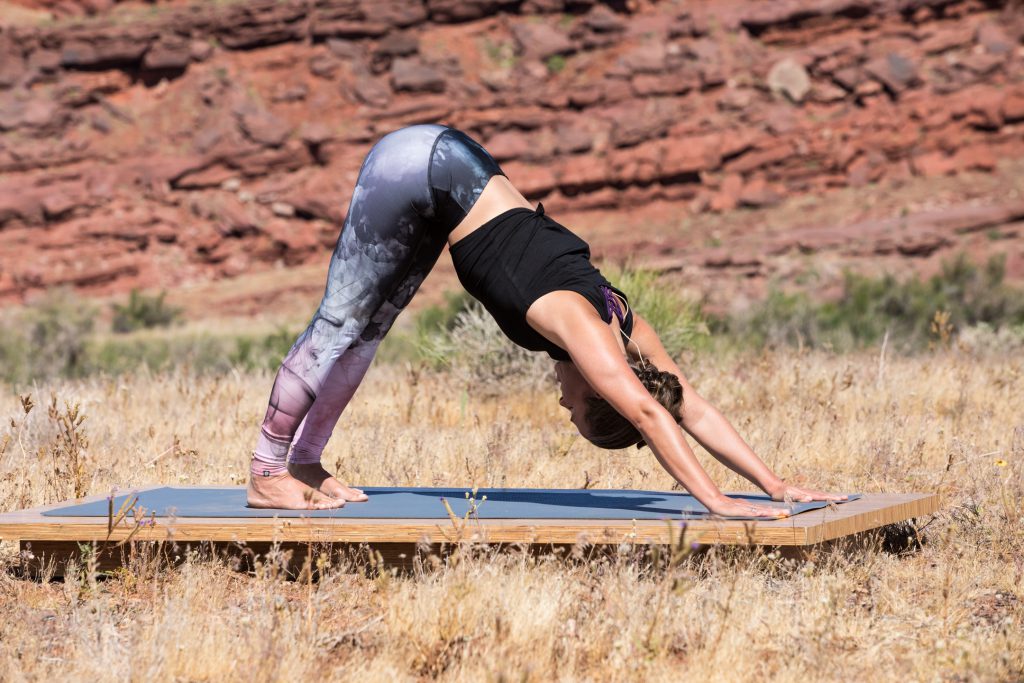
5. Chaturanga Dandasana/Four-Limbed Staff Pose
Chaturanga is a movement that begins in the high plank position. From there, you bend your elbows straight back, slowly lowering yourself toward the ground, but not all the way, into a low plank. This pose is typically used as a transition into upward facing dog, which involves dropping your hips toward the ground and pushing through your hands to raise your chest to the ceiling. Only your palms and the tops of your feet remain on the floor. Depending on the type of yoga class, you may hear this one a lot. Get a free chaturanga tutorial here.
6. Mantra
A repeated sound, syllable, word or phrase; often used in chanting and meditation. Explore the meaning of mantra on YogaToday!
7. Mudra
A hand gesture; the most common mudras are anjali mudra (pressing palms together at the heart- free tutorial here) and gyana mudra (with the index finger and thumb touching)
8. Namaste
We’ve all heard this one, right? This is a word used at the beginning and/or end of class which is most commonly translated as “the light within me bows to the light within you”; a salutation said with the hands in anjali mudra.
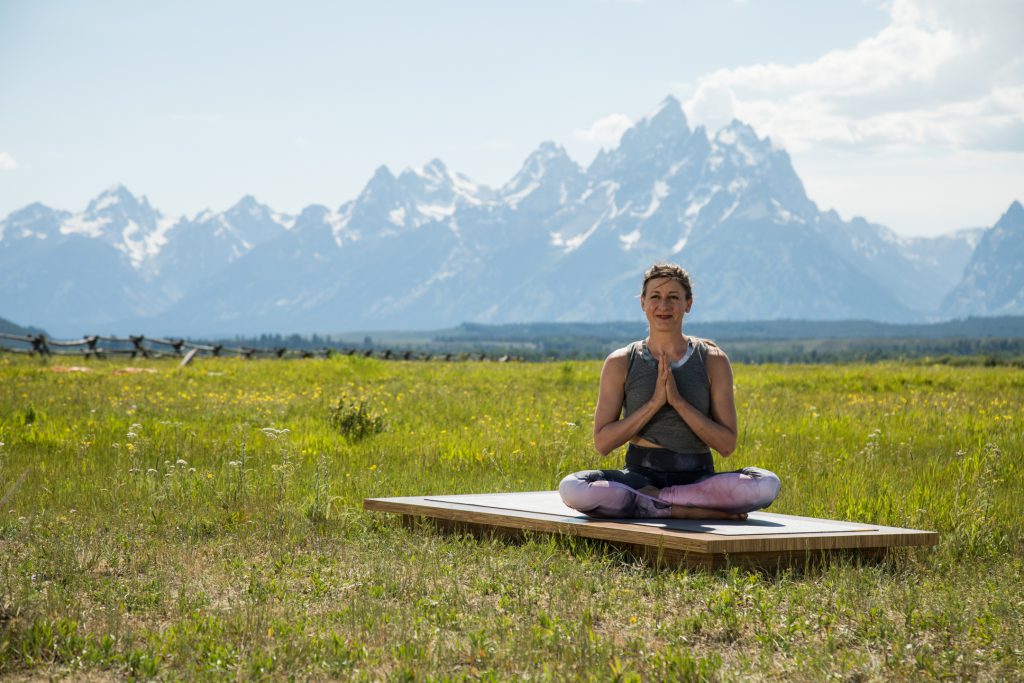
9. Om
The original syllable; chanted “A-U-M” at the beginning and/or end of many yoga classes
10. Prana
Life energy; chi; qi
11. Pranayama
Breath control; breathing exercises. Read more about Pranayama basics on the YogaToday Blog.
New to pranayama? Try this quick breathing exercise on YogaToday.
12. Savasana/Corpse Pose
Final relaxation; typically performed at the end of most yoga classes; also know as corpse pose. It involves simply lying on your back, with your legs and arms out long. This pose is arguably the most important pose of the entire class. Click here for a FREE savasana tutorial.
13. Sun Salutation/Surya Namaskar
Sequences designed to warm up the entire body, using vinyasa to connect breath and movement. Sun salutation A starts and ends in tadasana, with half and full forward folds, plus a vinyasa. Sun salutation B is bookended by utkataskasana and adds two more vinyasas, plus warrior 1 pose.
YogaToday breaks down Sun Salutation A and Sun Salutation B for beginners!
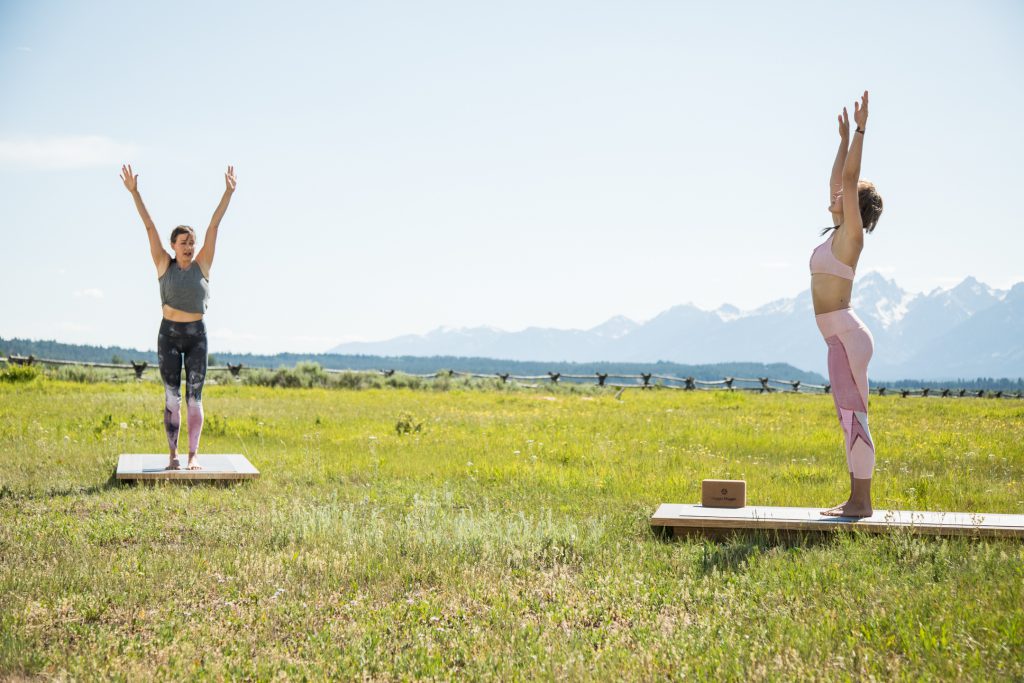
14. Tadasana/Mountain Pose
Tadasana, or mountain pose is the foundation of all standing asanas. While it may appear simple, tadasana is an active pose that aligns the body and lengthens the spine. To do it, stand at the top of your mat with your ankles directly under your inner hip bones. Balance your weight between the four corners of your feet. Draw your tailbone down as you lift your pubic bone toward your belly. Draw your shoulder blades down and back. Let your arms rest at your sides with palms facing forward. Feel the crown of your head align with the center of your pelvis, and align your chin so that it’s parallel to the mat. Click here for a free tadasana tutorial.
15. Ujjayi
Ujjayi means victorious or warrior breathing. The breath enters and exits through the nose, and is brushed across the back of the throat, creating a wave like sound.
16. Utkatasana/Chair Pose
Chair pose is the yoga pose that we all love to hate. Enter: thigh burn. This pose is part of the traditional sun salutation B, and a common standing pose. To practice chair pose, stand in Tadasana. Inhale and raise your arms perpendicular to the floor. Either keep the arms parallel, palms facing inward, or join the palms. Exhale and bend your knees, trying to take the thighs as nearly parallel to the floor as possible, as if you are sitting in a chair. The torso will lean slightly forward over the thighs. Keep the inner thighs parallel to each other and press the heads of the thigh bones down toward the heels. Take your tailbone down toward the floor and in toward your pubis to keep the lower back long. Click here for a free tutorial of utkatasana/ chair pose.
17. Vinyasa
Vinyasa translates as to place in a special way, referring to the sequencing of breath and movement in a yoga flow. In addition, the term vinyasa is used as a noun to describe a frequently used yoga transition, from plank to chaturanga, to upward facing dog, and finally downward dog.
Explore gentle variations of vinaysa on YogaToday!
18. Yoga
To ‘yoke’ or ‘bind’ – often interpreted as ‘union’ (the union of breath, body and mind) Read more about the meaning of yoga here.
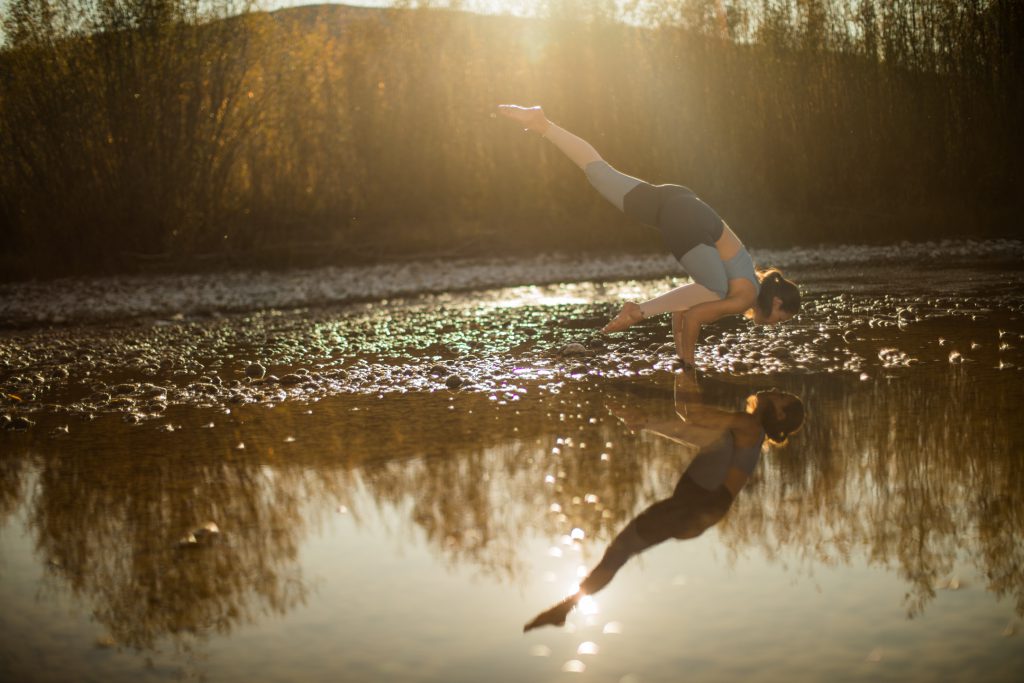
Review these common yoga terms and you’ll breeze through your beginner’s yoga class. Always remember, the breath is the most important part of yoga. When in doubt, return to your breath. Yoga is a time to connect, surrender, and release judgement (yes, even when you feel like you don’t know what you’re doing!).

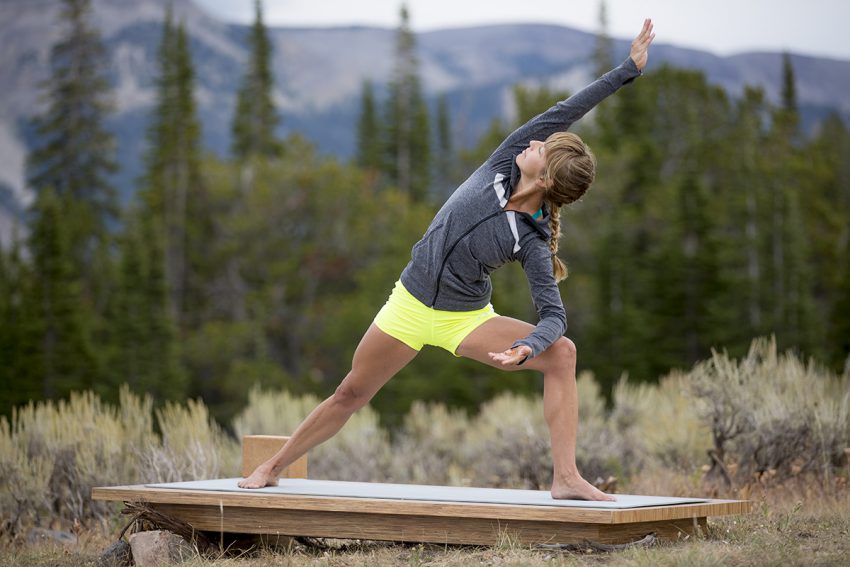
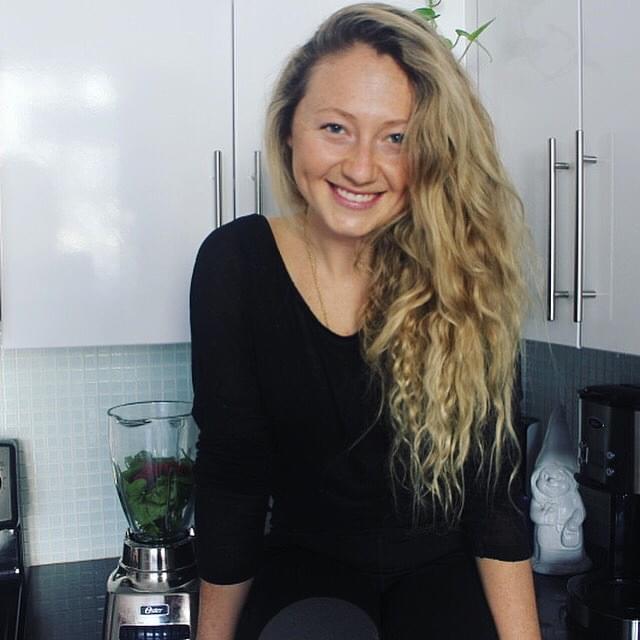
Wonderful, what a blog it is!
Hi, after reading this awesome piece of writing i am as well delighted to share my familiarity here with colleagues.
Awesome post, thanks for sharing!
Wonderful, what a website it is! This weblog gives valuable information to us,
keep it up.
Keep up the good work, thanks!
Thanks for the auspicious writeup. It in truth was once a amusement account it. Glance advanced to more introduced agreeable from you! By the way, how can we communicate?
This sounds like a brilliant very nice idea!!
Wow, this article is pleasant, my younger sister is analyzing these kinds of things, so I am going to tell her.
I just couldn’t leave your website before suggesting that I extremely enjoyed the usual information an individual supply in your visitors? Is gonna be back ceaselessly to investigate cross-check new posts
hey there and thank you for your information ?I抳e certainly picked up something new from right here. I did however expertise some technical issues using this website, since I experienced to reload the web site many times previous to I could get it to load correctly. I had been wondering if your web hosting is OK? Not that I am complaining, but slow loading instances times will very frequently affect your placement in google and could damage your high quality score if ads and marketing with Adwords. Well I am adding this RSS to my e-mail and can look out for a lot more of your respective interesting content. Make sure you update this again soon..
Thanks for pointing this out; will have a look!
What’s up to every one, as I am in fact eager of reading this web site’s post to be updated regularly. It includes nice stuff.
lisinopril in mexico
Thanks so much and will have a look!
Thanks for the useful information 🙂
You are a very smart person!
Wow, amazing blog structure! How lengthy
have you ever been blogging for? you make running a blog glance
easy. The full glance of your web site is wonderful, let alone the content!
https://shop4shoe.com
Aw, this was a very good post. Taking the time and actual effort to make a very good article… but what can I say… I procrastinate a whole lot and never manage to get anything done.
Hello, how’s it going? Just shared this post with a colleague, we had a good laugh.